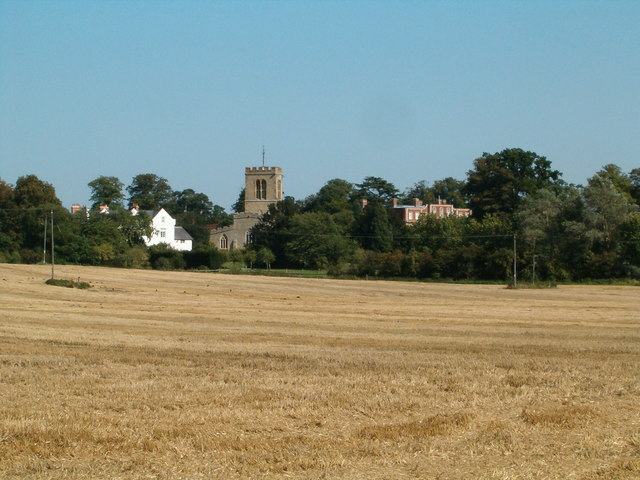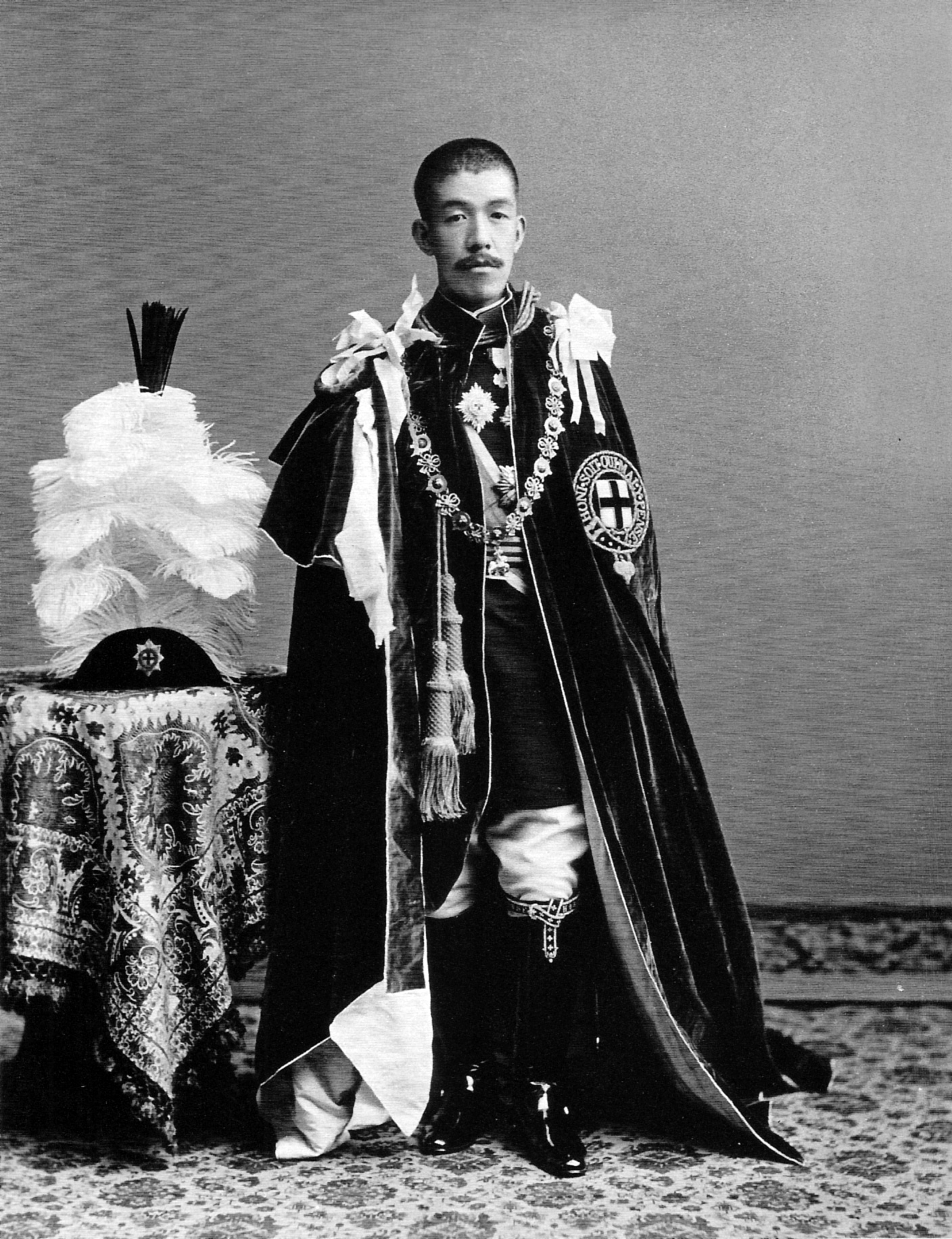|
Chester Baronets
The Chester Baronetcy of Chicheley, Buckinghamshire was created in the Baronetage of England on 23 March 1620 for Anthony Chester. He had in August 1577 inherited the Chicheley estates from his maternal grandmother and served as High Sheriff of Buckinghamshire in 1602 and High Sheriff of Bedfordshire in 1628. Chester baronets, of Chicheley (1620) *Sir Anthony Chester, 1st Baronet (1566–1635) *Sir Anthony Chester, 2nd Baronet (1593–1652) *Sir Anthony Chester, 3rd Baronet (c 1633–1698), MP for Bedford 1685–1687 *Sir John Chester, 4th Baronet (1666–1726) *Sir William Chester, 5th Baronet (1687–1726) *Sir John Chester, 6th Baronet (1693–1748), MP for Bedfordshire 1741–1747 *Sir Charles Bagot Chester, 7th Baronet Sir Charles Bagot Chester (1724 – 1755) was the 7th baronet Chester of Chicheley, Buckinghamshire. Early life and education The son of Sir John Chester, 6th Baronet and Frances Bagot, Chester was born during 1724. He was educated at John Royss ... (1724� ... [...More Info...] [...Related Items...] OR: [Wikipedia] [Google] [Baidu] |
Chicheley
Chicheley is a village and civil parish in the unitary authority area of the City of Milton Keynes, Buckinghamshire, England. The village is about north-east of Newport Pagnell. The village name is Anglo-Saxon in origin, and means ''Cicca's clearing''. In the Domesday Book of 1086, the village was recorded as ''Cicelai''.'Parishes : Chicheley' , A History of the County of Buckingham: Volume 4 (1927), pp. 311-316. The manor of Chicheley (which some suggest may have once been called Thickthorn) ancient ... [...More Info...] [...Related Items...] OR: [Wikipedia] [Google] [Baidu] |
High Sheriff Of Buckinghamshire
The High Sheriff of Buckinghamshire, in common with other counties, was originally the King's representative on taxation upholding the law in Saxon times. The word Sheriff evolved from 'shire-reeve'. Sheriff is the oldest secular office under the Crown. Formerly the sheriff was the principal law enforcement officer in the county but over the centuries most of the responsibilities associated with the post have been transferred elsewhere or are now defunct, so that its functions are now largely ceremonial. Under the provisions of the Local Government Act 1972, on 1 April 1974 the office previously known as Sheriff was retitled High Sheriff. The title of sheriff is therefore much older than the other Crown appointment, the Lord Lieutenant of Buckinghamshire, which came about in 1535. Unlike the Lord Lieutenant of Buckinghamshire, which is generally held from appointment until the holder's death or incapacity, the title of High Sheriff is appointed or reappointed annually. The Hig ... [...More Info...] [...Related Items...] OR: [Wikipedia] [Google] [Baidu] |
High Sheriff Of Bedfordshire
This is a list of High Sheriffs of Bedfordshire. Pre-Conquest pre-1042: Aelfstan 1042-1066; Godric, Ralph Talgebose Bondi the staller 1066–1125 *1066-c.1084: Ansculf de Picquigny * Ralph Taillebois Ralph (pronounced ; or ,) is a male given name of English, Scottish and Irish origin, derived from the Old English ''Rædwulf'' and Radulf, cognate with the Old Norse ''Raðulfr'' (''rað'' "counsel" and ''ulfr'' "wolf"). The most common forms ... *c. 1080 Hugh de Beauchamp *1124 Richard of Winchester From 1125 through the end of 1575, appointees to the shrievalty held the joint office of High Sheriff of Bedfordshire and Buckinghamshire. 1575–1599 1600–1699 1700–1799 1800–1899 1900–1999 2000–present References Bibliography * (with amendments of 1963, Public Record Office) {{High Shrievalties Bedfordshire Lists of office-holders in the United Kingdom High Sheriffs ... [...More Info...] [...Related Items...] OR: [Wikipedia] [Google] [Baidu] |
Sir Anthony Chester, 3rd Baronet
''Sir'' is a formal honorific address in English for men, derived from Sire in the High Middle Ages. Both are derived from the old French "Sieur" (Lord), brought to England by the French-speaking Normans, and which now exist in French only as part of "Monsieur", with the equivalent "My Lord" in English. Traditionally, as governed by law and custom, Sir is used for men titled as knights, often as members of orders of chivalry, as well as later applied to baronets and other offices. As the female equivalent for knighthood is damehood, the female equivalent term is typically Dame. The wife of a knight or baronet tends to be addressed as Lady, although a few exceptions and interchanges of these uses exist. Additionally, since the late modern period, Sir has been used as a respectful way to address a man of superior social status or military rank. Equivalent terms of address for women are Madam (shortened to Ma'am), in addition to social honorifics such as Mrs, Ms or Miss ... [...More Info...] [...Related Items...] OR: [Wikipedia] [Google] [Baidu] |
Bedford (UK Parliament Constituency)
Bedford is a constituency represented in the House of Commons of the UK Parliament since 2017 by Mohammad Yasin of the Labour Party. The seat dates to the earliest century of regular parliaments, in 1295; its double representation was halved in 1885, then being altered by the later-termed Fourth Reform Act in 1918. Constituency profile ;Geographical and economic profile Bedford is a marginal seat between the Labour Party and the Conservatives. The main settlement is Bedford, a well-developed town centre with a considerable amount of social housing relative to Bedfordshire and higher poverty index but on a fast railway link to London and other destinations, the town is at the north end of the Thameslink service to Brighton and is not far from Milton Keynes which has a larger economy. The smaller and contiguous town of Kempston is also in the constituency. History Bedford was first represented in the Model Parliament of 1295. The constituency was originally a parliamentary ... [...More Info...] [...Related Items...] OR: [Wikipedia] [Google] [Baidu] |
Sir John Chester, 6th Baronet
''Sir'' is a formal honorific address in English for men, derived from Sire in the High Middle Ages. Both are derived from the old French "Sieur" (Lord), brought to England by the French-speaking Normans, and which now exist in French only as part of "Monsieur", with the equivalent "My Lord" in English. Traditionally, as governed by law and custom, Sir is used for men titled as knights, often as members of orders of chivalry, as well as later applied to baronets and other offices. As the female equivalent for knighthood is damehood, the female equivalent term is typically Dame. The wife of a knight or baronet tends to be addressed as Lady, although a few exceptions and interchanges of these uses exist. Additionally, since the late modern period, Sir has been used as a respectful way to address a man of superior social status or military rank. Equivalent terms of address for women are Madam (shortened to Ma'am), in addition to social honorifics such as Mrs, Ms or Miss. ... [...More Info...] [...Related Items...] OR: [Wikipedia] [Google] [Baidu] |
Bedfordshire (UK Parliament Constituency)
Bedfordshire was a United Kingdom Parliamentary constituency, which elected two Members of Parliament from 1295 until 1885, when it was divided into two constituencies under the Redistribution of Seats Act 1885. History The constituency consisted of the historic county of Bedfordshire. (Although Bedfordshire contained the borough of Bedford, which elected two MPs in its own right, this was not excluded from the county constituency, and owning property within the borough could confer a vote at the county election.) As in other county constituencies the franchise between 1430 and 1832 was defined by the Forty Shilling Freeholder Act, which gave the right to vote to every man who possessed freehold property within the county valued at £2 or more per year for the purposes of land tax; it was not necessary for the freeholder to occupy his land, nor even in later years to be resident in the county at all. At the time of the Great Reform Act in 1832, Bedfordshire had a population ... [...More Info...] [...Related Items...] OR: [Wikipedia] [Google] [Baidu] |
Sir Charles Bagot Chester, 7th Baronet
Sir Charles Bagot Chester (1724 – 1755) was the 7th baronet Chester of Chicheley, Buckinghamshire. Early life and education The son of Sir John Chester, 6th Baronet and Frances Bagot, Chester was born during 1724. He was educated at John Roysse's Free School in Abingdon, (now Abingdon School), Westminster School and later St John's College, Oxford. matriculated 4 November 1741. Career He was awarded an honorary degree, (Doctor of Civil Law) on 14 April 1749. Peerage He succeeded his father Sir John Chester, 6th Baronet, to the title on 8 February 1748. He was unmarried but had two children to mistresses. His will (dated 21 May 1755) was proven (by probate) on 27 May 1755. He was buried on 29 May 1755 at Chicheley, Buckinghamshire. The title went to his cousin Sir Francis Chester, 8th Baronet on his death. See also * List of Old Abingdonians Old Abingdonians are former pupils of Abingdon School or, in some cases, Honorary Old Abingdonians who have been awarded the st ... [...More Info...] [...Related Items...] OR: [Wikipedia] [Google] [Baidu] |



